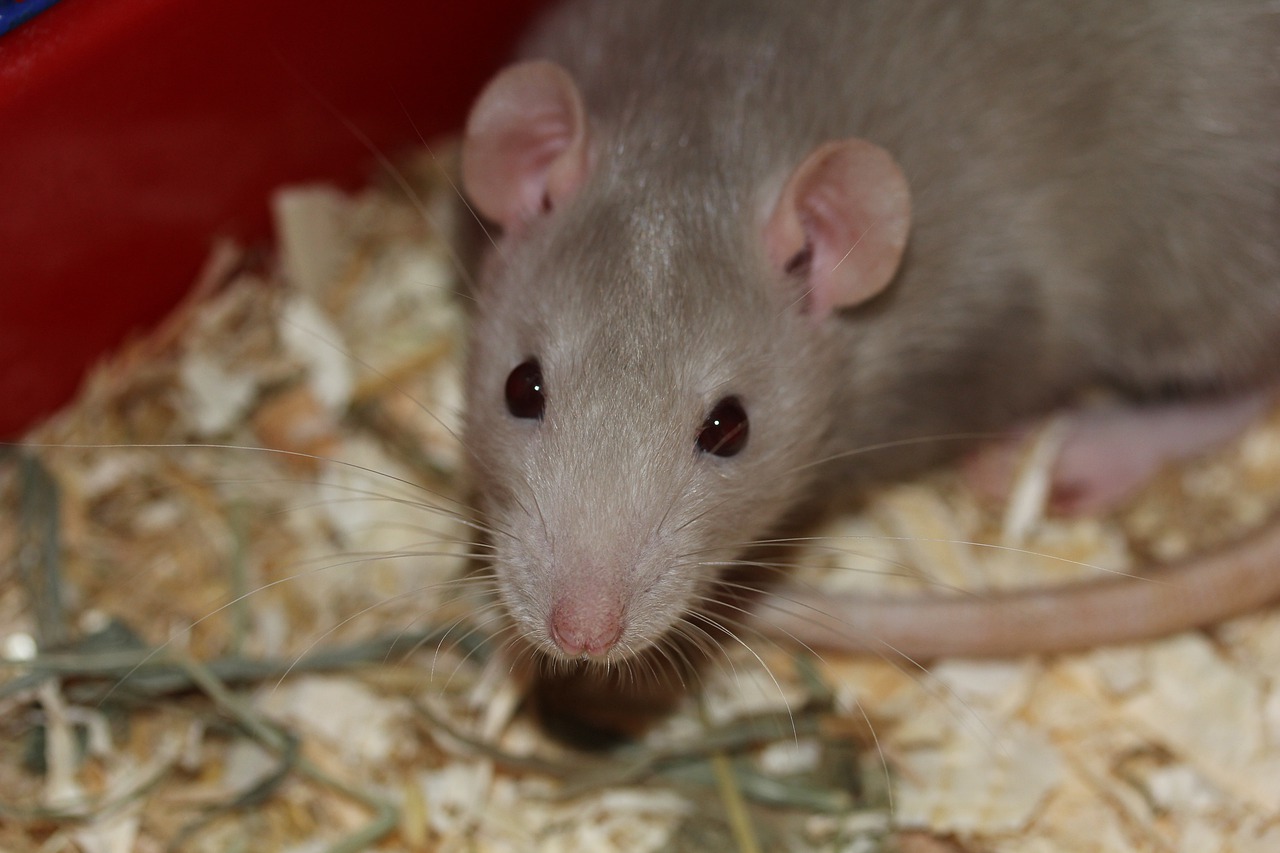A parasitic worm that can affect the human brain and lead to coma or even death is spreading in the Southeastern United States.
A new study, led by the Centers for Disease Control and Prevention (CDC), identified the presence of Angiostrongylus cantonensis, commonly known as rat lungworm, in dead wild brown rats at a zoo in Atlanta from 2019 to 2022. The scientists identified the parasite in four out of seven cases. They couldn’t confirm the its presence in the remaining three cases due to insufficient sample quality and DNA degeneration.
The findings raise concerns about potential threats to humans and other animals, both domestic and captive ones. However, no human cases were reported so far from the region of late.
In humans, the rat lungworm causes a rare form of meningitis, known as eosinophilic meningitis (EM) or eosinophilic meningoencephalitis. Parasitic meningitis is much less common than viral and bacterial meningitis.
Here’s what you need to know about the disease:
Causes
Eosinophilic meningitis is caused mainly by three types of parasites – Angiostrongylus cantonensis, Baylisascaris procyonis, and Gnathostoma spinigerum.
Normally, these parasites infect animals and not humans. The adult form of A.cantonensis parasite is primarily found in rodents, while its larvae are found in snails and slugs. People can contract an A.cantonensis infection by eating raw or uncooked snails and slugs or through contaminated food.
Parasitic meningitis is generally not transmissible from one person to another.
Signs and symptoms
People infected with the parasite can have symptoms like headaches, stiff neck, nausea, vomiting, photophobia (sensitivity to light) and altered mental status (confusion).
They may also experience tingling or pain in their skin and have a low-grade fever. If left untreated, the infection can lead to severe complications such as loss of coordination and muscle control, weakness, paralysis, coma, permanent disability and even death.
Diagnosis
According to…
Read the full article here

Leave a Reply